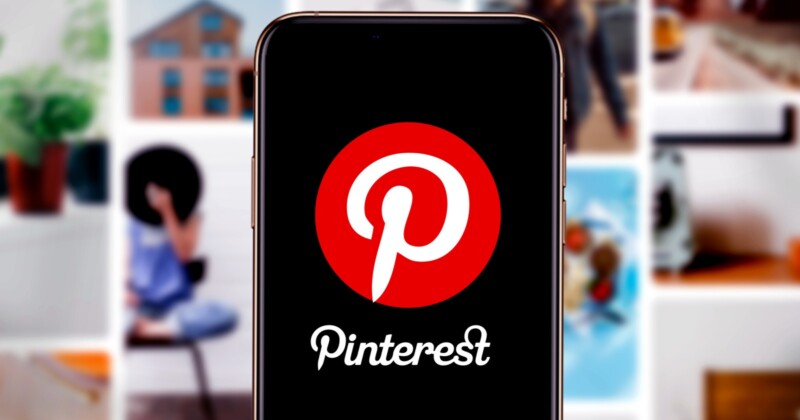In the vast landscape of social media platforms, one particular name stands out for its unique approach to discovery and inspiration – Pinterest. Founded in 2009 by Ben Silbermann, Paul Sciarra, and Evan Sharp, Pinterest has become a powerhouse in the world of social media, boasting over 400 million active monthly users as of 2022. This article delves into the fascinating journey of Pinterest, from its humble beginnings to its current position as a leading visual discovery engine.
The Origins of Pinterest

Pinterest’s inception traces back to Ben Silbermann’s time at Google in 2008. As he worked on improving products on iGoogle and Google Desktop, he noticed people using virtual bulletin boards to collect inspiring images. The idea for a dedicated platform to organize and share such content was born.
Silbermann teamed up with Paul Sciarra, and in March 2010, they launched a closed beta version of Pinterest. The name itself, “Pinterest,” cleverly combined the concept of “pinning” items to boards with having “interest” in those things, pronounced as “interest” without the silent “p.”
Gaining Popularity Through Word of Mouth
In its early days, Pinterest focused on organic growth through word of mouth. The founders encouraged users to share their boards and invite friends, which resonated particularly well with women, creative individuals, and artists. Within six months of its launch, Pinterest had amassed around 10,000 users, and its growth continued steadily.
Viral Growth Phase
Pinterest’s fortunes took a significant turn in 2011, thanks to increased media coverage and integration with Facebook’s Open Graph. Articles in mainstream publications exposed Pinterest to new audiences, and its integration with Facebook allowed users to effortlessly share their pins with friends. The result was a viral explosion in user numbers, growing from 10 million to over 25 million monthly users by the end of 2011.
Bringing on Key Investors
To keep up with the soaring demand, Pinterest secured a crucial $10 million Series A funding round in 2011, led by Andreessen Horowitz. The injection of capital and expertise from investors like First Mark Capital, Kevin Hartz, and Jeremy Stoppelman, along with the guidance of Jeff Jordan, allowed Pinterest to expand its team and enhance the user experience.
Evolving the Product
As Pinterest continued to gain momentum, it introduced various features to improve its offering. In 2012, Pinterest rolled out its first advertising model with Promoted Pins, enabling brands to reach their target audience effectively. Additionally, the acquisition of Hacker Way led to Evan Sharp’s involvement as Pinterest’s Chief Creative Officer, driving the platform’s design and creative direction.
Over the years, Pinterest evolved further, introducing features like Rich Pins, Shop Tabs, Story Pins, and Idea Pins, enhancing the user experience and expanding its potential as a discovery and marketing platform.
Continued Growth
Pinterest’s upward trajectory continued, achieving several key milestones, including reaching 100 million monthly active users in 2012, 1 billion monthly searches in 2013, and a valuation of $1 billion in 2014. The platform’s international expansion has been impressive, with most users now coming from outside the U.S. In 2019, Pinterest went public with an IPO valuing the company at $10 billion, and by 2022, it reached a valuation of $20 billion, with 442 million monthly active users.
Pinterest’s Founders Now

The dedicated leadership of co-founder Ben Silbermann as Pinterest’s CEO has been instrumental in the platform’s continued success. Though Paul Sciarra stepped back from day-to-day operations in 2012, he remains an advisor to the company. Evan Sharp, the Chief Design and Creative Officer, continues to drive Pinterest’s innovative product development.
—> Recommended
- Asus Zenfone 10 vs One Plus 10 Pro
- Asus Zenfone 10 vs Google Pixel 7
- Asus Zenfone 10 vs Samsung Galaxy S23
- Asus Zenfone 10 Review
Pinterest’s journey from a simple startup to a global visual discovery engine is nothing short of remarkable. Its user-friendly interface and wealth of creative ideas have inspired millions to use Pinterest to discover everything from DIY projects and vacation destinations to fashion looks and recipes. With its sustained growth and commitment to innovation, Pinterest is well-positioned to connect people worldwide through shared tastes and creativity. As it evolves and embraces new possibilities, Pinterest’s influence on the digital landscape is sure to grow even further.










Add Comment